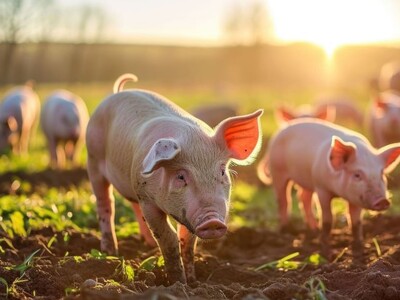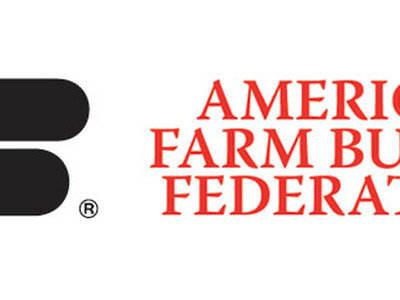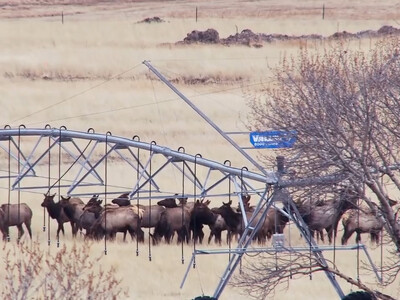Wrong species
Know the difference between a bull elk and bull moose before you squeeze the triggerIn almost all of the state's elk zones, there is a possibility that elk hunters could encounter a moose while out in the field
Know your target. That’s one of the first rules taught in hunter education curriculums in every state. Yet, every year, a small percentage of hunters ignore this principal — or possess very poor observation skills — and down an unintended big game animal.
With the general elk season upon us, Fish and Game officials are reminding elk hunters to “know their target” before pulling the trigger, especially if there are moose in the area.
Moose are an iconic Idaho species, and moose hunts are a once-in-a-lifetime opportunity for Idahoans. Populations are carefully managed through an exclusively controlled hunt framework, and these hunts are among the most sought-after in the state. Moose populations don’t account for the same numbers as say deer or elk, so even one moose killed outside of a legal moose hunt is too many.
"To put it simply, hunters are always responsible for knowing their target, and this isn't a mistake they should be making,” Assistant Enforcement Bureau Chief Brian Jack said.
Know your bulls
In almost all of the state's elk zones, there is a possibility that elk hunters could encounter a moose while out in the field, so it's crucial that they are able to tell moose from elk. It's also their ethical and legal responsibility to be 100% positive of their target before taking a shot. Luckily, the two species are easily distinguishable.
Elk range in color from light brown in winter to reddish tan in summer and have characteristic white-colored rumps. In winter, a dark brown, shaggy mane hangs from the neck to the chest. Bull elk have large, spreading antlers.
Moose are dark brown with grayish legs. They have a large, overhanging snout and a dewlap on the throat. The antlers on the male are massive, palmate and flat.
While the two species are easily identifiable, sometimes conditions can make doing so more difficult. However, whether it's low-light conditions, a long-distance view of the animal, poor judgement by the hunter, or a combination of those or other circumstances, the hunter is ultimately responsible for positively identifying their target before pulling the trigger.
"It's a pretty simple principle, and it's one of the first things you are taught in hunter education: If there is any doubt at all, you should never take that shot," Jack said. "There is no excuse for shooting the wrong species of animal."















